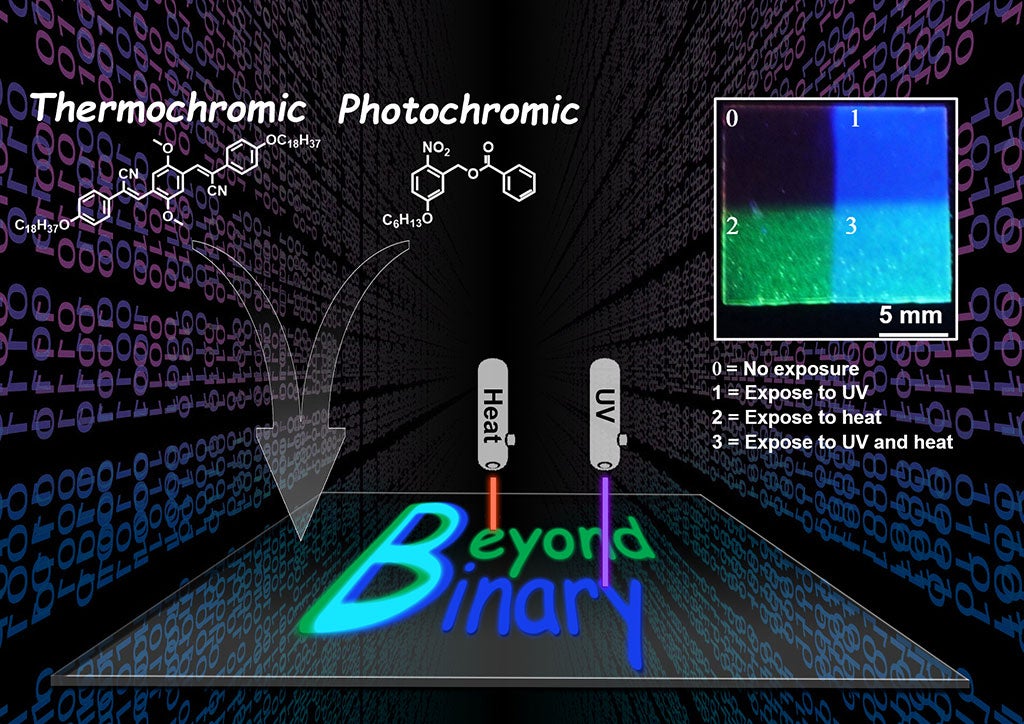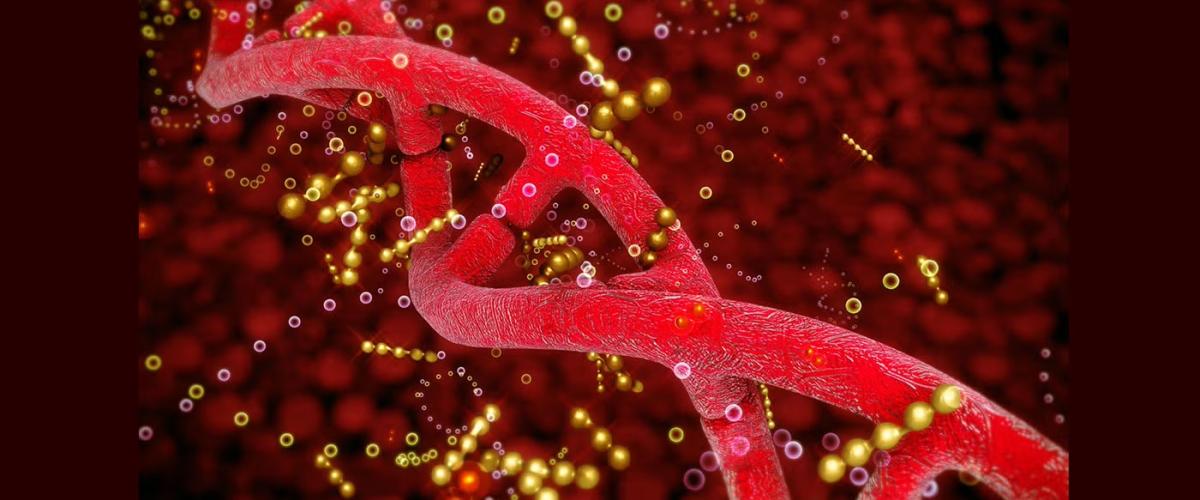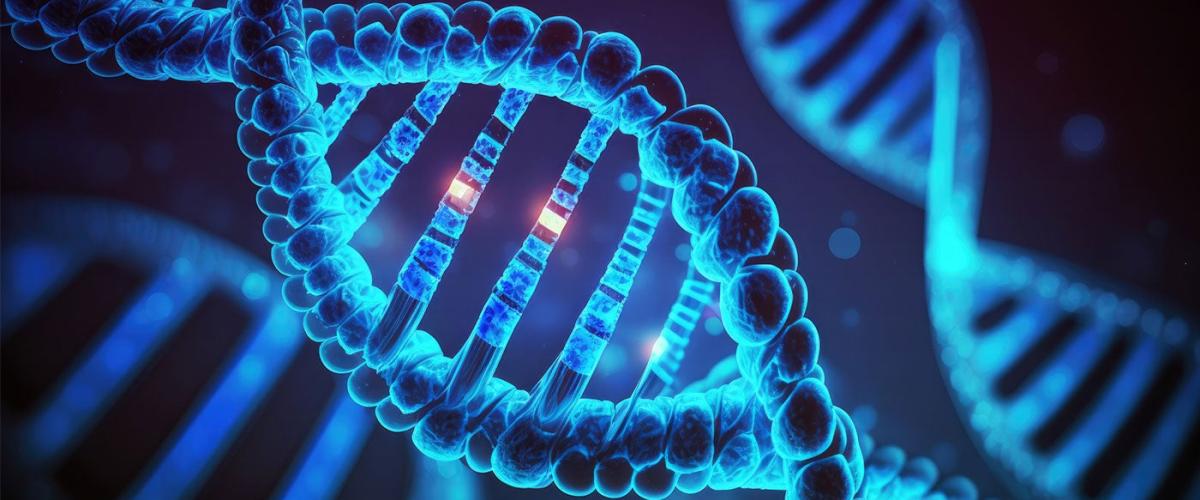Chemists at Case Western Reserve University have found a way to possibly store digital data in half the space current systems require.
From supercomputers to smartphones, the amount of data people generate and collect continues to grow exponentially, and the need to store all that information grows with it.
Computers and other digital devices operate and store data using a binary code, meaning two symbols—typically the numerals 0 and 1—represent information. To reduce storage space, engineers have traditionally used existing technology but made it smaller.
For example, a compact disc is made with a red laser and a Blu-ray disc with a blue, more focused, laser that reduces the size of the symbols and the space between them, increasing data density.
But according to a new study published in the Journal of Materials Chemistry C, researchers at Case Western Reserve demonstrate how commonly used polymer films containing two dyes can optically store data in a quaternary (four-symbol) code, potentially requiring about half as much space.
 CWRU chemistry researchers developed a space-saving method to store digital data optically, using four-symbol, or quaternary code. The four symbols are the absence of color and three colors—fluorescent green, ultramarine and cyan—produced when dyes contained in a common polymer are exposed to heat, ultraviolet light or both.
“We’re using chemistry instead of engineering to address data storage, but it’s really complementary to what engineers are doing,” said Emily Pentzer, assistant professor of chemistry at Case Western Reserve and study author. She worked with PhD students Peiran Wei and Bowen Li and Research Assistant Al de Leon on the project.
CWRU chemistry researchers developed a space-saving method to store digital data optically, using four-symbol, or quaternary code. The four symbols are the absence of color and three colors—fluorescent green, ultramarine and cyan—produced when dyes contained in a common polymer are exposed to heat, ultraviolet light or both.
“We’re using chemistry instead of engineering to address data storage, but it’s really complementary to what engineers are doing,” said Emily Pentzer, assistant professor of chemistry at Case Western Reserve and study author. She worked with PhD students Peiran Wei and Bowen Li and Research Assistant Al de Leon on the project.
 CWRU chemistry researchers developed a space-saving method to store digital data optically, using four-symbol, or quaternary code. The four symbols are the absence of color and three colors—fluorescent green, ultramarine and cyan—produced when dyes contained in a common polymer are exposed to heat, ultraviolet light or both.
“We’re using chemistry instead of engineering to address data storage, but it’s really complementary to what engineers are doing,” said Emily Pentzer, assistant professor of chemistry at Case Western Reserve and study author. She worked with PhD students Peiran Wei and Bowen Li and Research Assistant Al de Leon on the project.
CWRU chemistry researchers developed a space-saving method to store digital data optically, using four-symbol, or quaternary code. The four symbols are the absence of color and three colors—fluorescent green, ultramarine and cyan—produced when dyes contained in a common polymer are exposed to heat, ultraviolet light or both.
“We’re using chemistry instead of engineering to address data storage, but it’s really complementary to what engineers are doing,” said Emily Pentzer, assistant professor of chemistry at Case Western Reserve and study author. She worked with PhD students Peiran Wei and Bowen Li and Research Assistant Al de Leon on the project.





